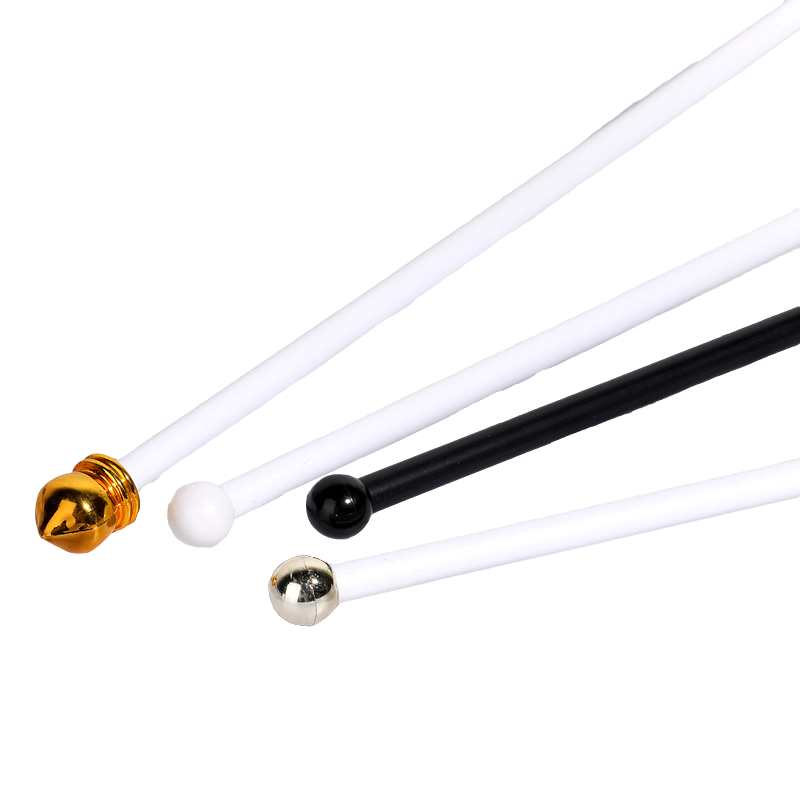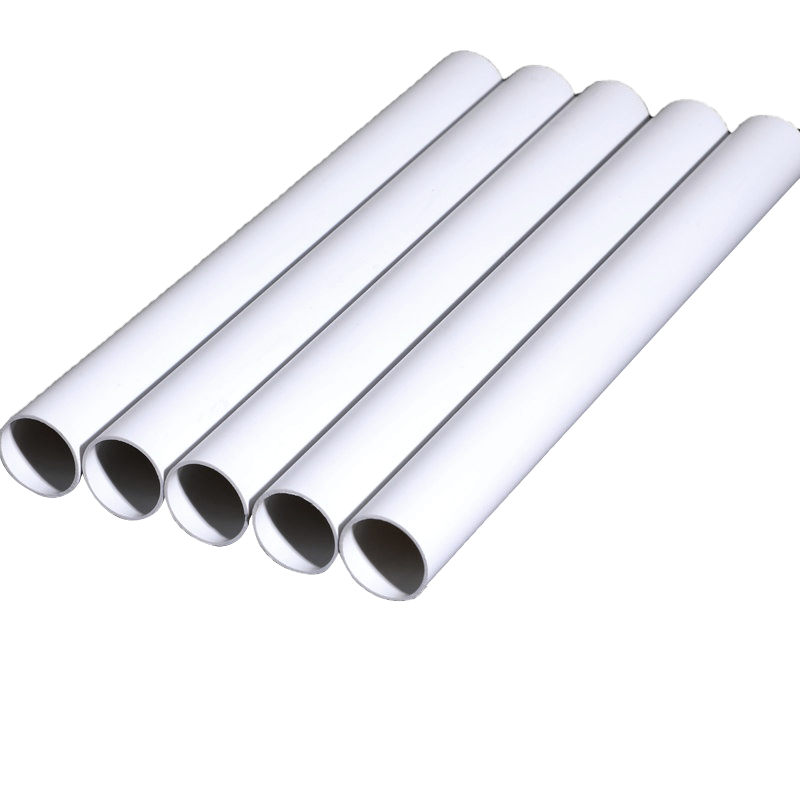An outdoor hand pulled flagpole is a traditional flag display system that uses a manual rope and pulley mechanism to raise and lower flags. It remains one of the most popular types of flagpoles for homes, schools, government buildings, and businesses due to its simplicity, reliability, and classic appearance. Unlike internal halyard or automatic systems, a hand pulled flagpole allows direct control and easy maintenance, making it ideal for outdoor environments with varying weather conditions.
Key Components of a Hand Pulled Flagpole
To understand how to choose and maintain an outdoor hand pulled flagpole, it’s important to know its basic parts and how they work together.
- Pole Shaft: The main vertical structure made from aluminum, stainless steel, or fiberglass. It determines height, rigidity, and resistance to corrosion.
- Truck Assembly: Mounted on top of the pole, it contains the pulley that guides the halyard (rope) during flag movement.
- Halyard (Rope): A durable weatherproof rope threaded through the pulley to raise and lower the flag manually.
- Cleat: A metal fixture fixed to the pole’s lower section used to tie off and secure the halyard once the flag is positioned.
- Snap Hooks: Clips that attach the flag grommets to the halyard for smooth raising and lowering.
- Ground Sleeve or Base Plate: Anchors the flagpole firmly into the ground or concrete base.
Types of Outdoor Hand Pulled Flagpoles
Different materials and constructions offer varying levels of durability, cost, and visual appeal. Below is an overview of common flagpole types.
| Flagpole Material | Durability | Maintenance | Best Application |
|---|---|---|---|
| Aluminum | High (rust-proof and lightweight) | Low; occasional cleaning only | Residential, schools, public parks |
| Stainless Steel | Very High (corrosion and impact resistant) | Minimal, requires polishing | Coastal or industrial areas |
| Fiberglass | Medium (flexible, non-conductive) | Moderate, occasional gel coat care | High-wind or lightning-prone regions |
| Galvanized Steel | High (strong but heavier) | Moderate, inspect for rust annually | Commercial and heavy-duty installations |
How the Hand Pulled System Works
The hallmark of a hand pulled flagpole is its external halyard system. The halyard runs through a pulley at the top, loops down the pole, and is tied around a cleat. To hoist the flag, the user pulls one end of the rope downward, raising the flag upward; to lower it, the opposite side of the halyard is pulled.
Advantages of the Hand Pulled Mechanism
- Easy to Operate: No motors or complex systems required — simply pull and tie off the rope.
- Low Maintenance: Fewer moving parts reduce wear and potential failures.
- Cost-Effective: More affordable than internal or electric systems.
- Traditional Aesthetic: Offers the classic look associated with flag displays worldwide.
Installation Guide: Step-by-Step Overview
Installing an outdoor hand pulled flagpole is a practical DIY task if planned properly. Follow these general steps to ensure stability and correct alignment.
1. Choose the Right Location
Select an open area free from trees, power lines, and structures that could block the flag’s visibility or interfere with the rope system. For visual balance, keep the flagpole height proportional to nearby buildings — typically 1 foot of pole height for every 10 feet of structure height.
2. Prepare the Foundation
Dig a hole according to the pole’s height — as a rule, the hole depth should be 10% of the pole length plus 2 feet. Fill the hole with gravel for drainage, then secure the ground sleeve or anchor base with concrete. Allow it to set for at least 24–48 hours before installation.
3. Assemble and Mount the Pole
Attach the truck assembly and halyard before standing the pole upright. Once the concrete base is fully cured, insert the flagpole into the sleeve or onto the base plate and ensure it is vertical using a level. Tighten anchor bolts securely.
4. Attach and Test the Flag
Use snap hooks to attach the flag grommets to the halyard. Raise and lower the flag several times to ensure smooth operation, then tie the halyard securely to the cleat.
Maintenance and Safety Tips
Regular upkeep ensures your outdoor hand pulled flagpole remains functional and visually appealing for years. Weather exposure, salt air, and UV radiation can degrade parts over time if ignored.
- Inspect the halyard monthly: Replace frayed or stiffened rope immediately to prevent snapping.
- Lubricate the pulley: Use light silicone spray annually to keep movement smooth.
- Check for corrosion: Especially at the base or near the cleat; clean and repaint as needed.
- Clean the pole surface: Wipe down with mild detergent and water every few months to remove oxidation or dirt.
- Lower the flag in severe weather: Prevents damage to both flag and hardware during storms or strong winds.
Wind Rating and Height Recommendations
Outdoor flagpoles must withstand varying wind conditions. Choosing the correct wind rating and height ensures both safety and performance. Wind ratings are determined by material thickness, diameter, and local climate conditions.
| Flagpole Height | Recommended Wind Speed Rating | Common Usage |
|---|---|---|
| 6–9 meters (20–30 ft) | Up to 100 km/h (62 mph) | Residential yards or small businesses |
| 10–15 meters (33–50 ft) | Up to 120 km/h (75 mph) | Schools, government offices |
| 16–24 meters (52–80 ft) | Up to 140 km/h (87 mph) | Commercial plazas, outdoor arenas |
| 25+ meters (82+ ft) | 150 km/h (93 mph) or higher | Landmarks, large institutions |
Common Upgrades for Hand Pulled Flagpoles
While the basic design is timeless, modern accessories can enhance safety, convenience, and appearance.
- Locking cleat box: Protects against unauthorized tampering with the rope.
- Revolving truck assembly: Allows the flag to rotate 360° with the wind, preventing tangling.
- Night illumination kits: Solar-powered or LED lights mounted on the pole or ground base highlight the flag after dark.
- Decorative finials: Gold balls, eagles, or custom designs add a refined finish.
Choosing the Right Flag Size
The flag size should match the pole height for proportionate aesthetics and optimal flying performance. Oversized flags increase wind load and stress on the pole, while undersized ones may appear insignificant.
| Pole Height | Recommended Flag Size |
|---|---|
| 6–9 m (20–30 ft) | 1.2 × 1.8 m (4 × 6 ft) |
| 10–12 m (33–40 ft) | 1.5 × 2.4 m (5 × 8 ft) |
| 15–18 m (50–60 ft) | 1.8 × 2.7 m (6 × 9 ft) |
| 20–24 m (65–80 ft) | 2.4 × 3.6 m (8 × 12 ft) |
Final Thoughts
Outdoor hand pulled flagpoles combine durability, elegance, and simplicity, making them a versatile choice for both private and public spaces. By selecting the right material, wind rating, and height — and following regular maintenance routines — you ensure long-term performance and a proud display of your flag in all weather conditions. Whether for national pride, company branding, or event decor, a well-installed hand pulled flagpole stands as a lasting symbol of strength and respect.


 +86-0573-88528475
+86-0573-88528475 English
English русский
русский
 By Admin
By Admin











